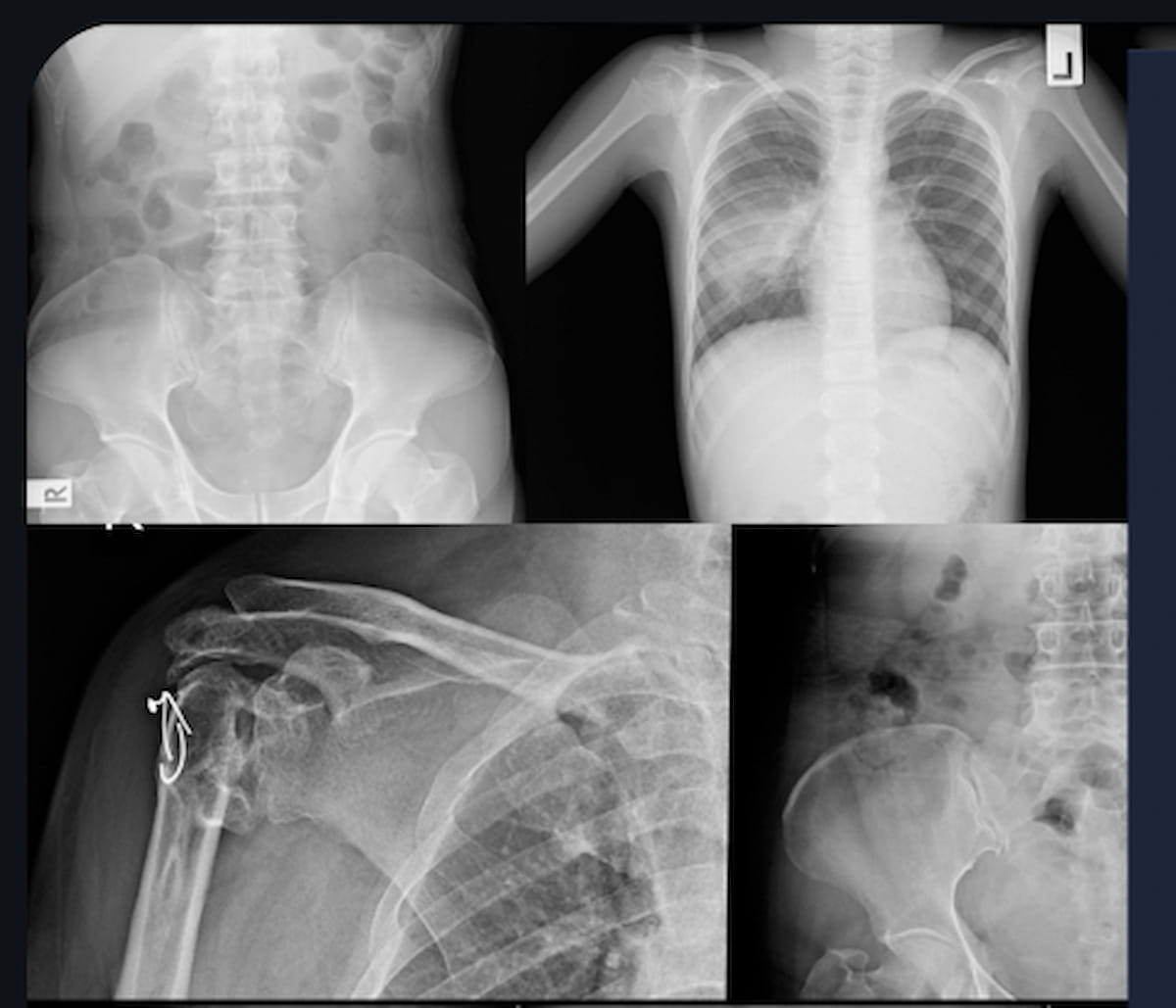AI Software for X-Rays Gets FDA De Novo Classification for Bone Mineral Density Screening
Leveraging artificial intelligence, the Rho software assessment of X-rays may allow earlier detection of bone loss.
The Food and Drug Administration (FDA) has granted a De Novo classification to Rho™, an artificial intelligence (AI) software that may facilitate bone loss detection through opportunistic screening of X-rays for low bone mineral density (BMD).
Noting that less pronounced bone loss is more difficult for radiologists to assess via standard X-rays, 16 Bit, the manufacturer of the Rho software, said adjunctive use of Rho can be a viable alternative. Offering automated scans of a variety of X-rays, ranging from frontal chest projections and lumbar spine views to X-rays of the pelvis and knee, Rho provides alerts of possible low BMD, according to 16 Bit.
Rho™, an artificial intelligence (AI) software that may facilitate bone loss detection through opportunistic screening of X-rays for low bone mineral density (BMD), recently garnered a De Novo classification from the FDA. (Images courtesy of 16 Bit.)

In a recently published study in the Journal of the American College of Radiology (JACR), researchers found that Rho demonstrated area under the receiver operating characteristic (AUROC) curves of 89 percent, 87 percent and 82 percent in three independent data sets for detecting low BMD.
“An opportunistic screening tool such as this opens a window for early prevention and intervention strategies to slow the rate of bone loss,” noted lead study author Alexander Bilbily, M.D., FRCPC, the co-founder and co-CEO of 16 Bit, and an assistant professor and director of the Augmented Precision Medicine Lab at Sunnybrook Health Sciences Centre in Toronto, and colleagues.
GE HealthCare Debuts AI-Powered Cardiac CT Device at ACC Conference
April 1st 2025Featuring enhanced low-dose image quality with motion-free images, the Revolution Vibe CT system reportedly facilitates improved diagnostic clarity for patients with conditions ranging from in-stent restenosis to atrial fibrillation.
New AI-Enabled Portable Ultrasound May Facilitate 50 Percent Reduction in Cardiac Imaging Scan Time
March 28th 2025Artificial intelligence (AI)-powered measurement capabilities provide key features with the Compact Ultrasound 5500CV device, which was unveiled at the American College of Cardiology (ACC) conference.
Predicting Diabetes on CT Scans: What New Research Reveals with Pancreatic Imaging Biomarkers
March 25th 2025Attenuation-based biomarkers on computed tomography (CT) scans demonstrated a 93 percent interclass correlation coefficient (ICC) agreement across three pancreatic segmentation algorithms for predicting diabetes, according to a study involving over 9,700 patients.